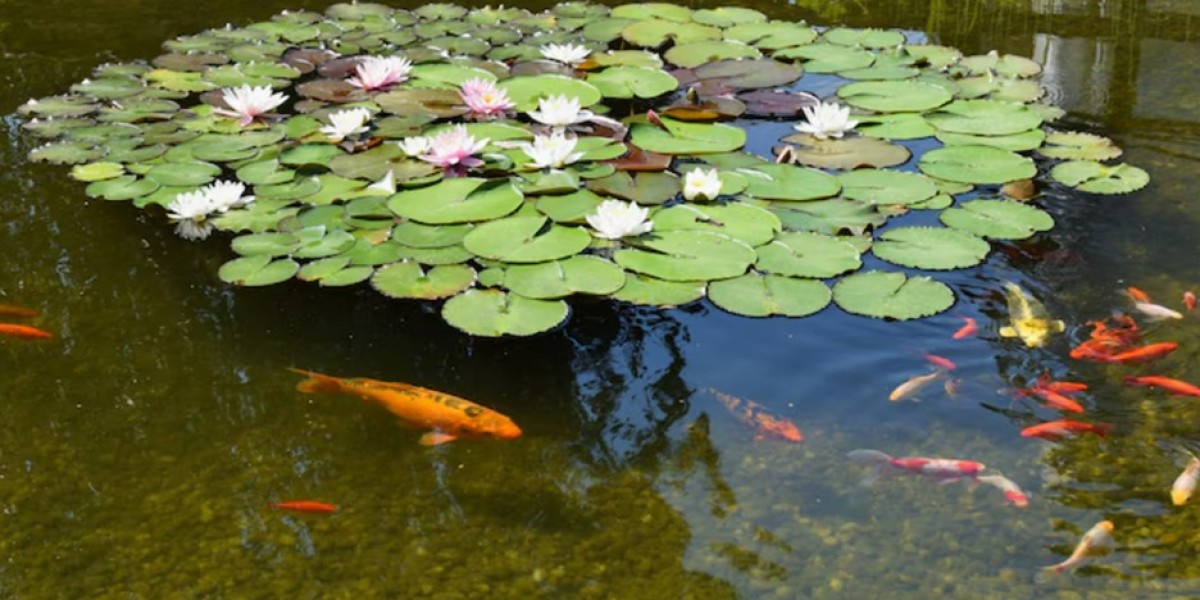Market Overview / Executive Summary
The global treehouse glamping market is experiencing rapid expansion as travelers seek immersive, sustainable, and unique accommodation experiences. Once considered a niche trend, treehouse stays have now evolved into a mainstream segment within the broader outdoor hospitality industry. With strong alignment to the rise of eco-tourism and consumer demand for authentic, nature-driven getaways, the market is forecast to reach USD 327.43 million by 2028.
Treehouse glamping combines comfort and convenience with the charm of elevated, nature-integrated stays. Operators increasingly emphasize eco-friendly construction, renewable energy usage, and locally sourced services, which resonate with the growing segment of environmentally conscious tourists. Experiences that blend adventure with luxury—such as treetop suites, private plunge pools, and curated wellness activities—are transforming treehouse glamping into a premium sustainable travel offering.
Key players such as Bangkok Tree House, Costa Rica Tree House, Keemala, Lala Mukha, Moulin de la Jarousse, Orion B&B, Pai Treehouse Resort, Rabeang Pasak Treehouse Resort, Tree House Hideaway, and Treehouse-Villas Thailand are capitalizing on the experiential tourism boom by combining unique designs, location advantages, and hospitality innovation.
Key Market Growth Drivers
- The Rise of Eco-Tourism
Travelers are increasingly motivated by sustainability, pushing demand for accommodations that integrate seamlessly with natural environments. Treehouse glamping leverages renewable materials like bamboo and reclaimed wood, solar power, and low-impact construction, making it a strong contender in the eco-conscious segment of sustainable travel. - Experiential Tourism as a Lifestyle Choice
Modern travelers value experiences over material possessions. The allure of sleeping among the treetops, waking up to bird calls, and enjoying panoramic forest views represents a premium experiential tourism product. Operators offering personalized adventures—guided hikes, stargazing, farm-to-table dining—are seeing higher booking rates. - Growth of Outdoor Hospitality
As the outdoor hospitality sector grows, treehouse glamping is a natural extension of the camping and luxury lodging market. The pandemic accelerated consumer appetite for open-air accommodations, and this momentum continues as travelers prioritize safety, wellness, and natural retreats. - Digital Discoverability and Social Media Influence
Instagram-worthy designs and shareable guest experiences drive viral marketing. Stunning visuals of luxury treehouses often trend across travel blogs and platforms, attracting millennial and Gen Z audiences who prioritize unique stays. - Wellness and Lifestyle Integration
Treehouse glamping increasingly incorporates yoga retreats, meditation spaces, spa services, and wellness packages. This alignment with health-conscious lifestyles enhances its appeal, particularly among affluent urban travelers seeking relaxation and reconnection with nature.
Explore The Complete Comprehensive Report Here:
https://www.polarismarketresearch.com/industry-analysis/treehouse-glamping-market
Market Challenges
Despite strong growth prospects, the treehouse glamping market faces several obstacles:
- High Construction and Maintenance Costs: Building treehouses requires skilled labor, eco-sensitive engineering, and ongoing upkeep, resulting in higher initial investment compared to traditional lodgings.
- Seasonality of Demand: Many resorts rely heavily on seasonal traffic, with occupancy rates fluctuating during off-peak months.
- Environmental Regulations: Strict forestry and zoning regulations can limit expansion opportunities, especially in protected natural areas.
- Limited Scalability: Unlike conventional hotels, treehouses are difficult to scale quickly due to land, construction, and environmental considerations.
- Competitive Alternatives: Other eco-tourism accommodations like safari lodges, tiny homes, and luxury tents present direct competition for travelers seeking unique stays.
Regional Analysis
North America
The U.S. and Canada are key markets due to strong interest in nature-based vacations and sustainable lodging. National parks, forest reserves, and private rural lands provide ideal settings for treehouse glamping. Operators in the U.S. Pacific Northwest and Appalachian regions are seeing robust demand.
Europe
Countries such as France, Italy, and the U.K. have embraced treehouse glamping as part of their growing rural and sustainable travel sectors. Europe benefits from a strong culture of boutique hospitality, heritage tourism, and eco-conscious regulation, making it one of the most mature markets.
Asia-Pacific
This is the fastest-growing region, with destinations like Thailand, Indonesia, India, and Japan expanding their outdoor hospitality offerings. Thailand, in particular, is home to leading brands like Treehouse-Villas Thailand and Rabeang Pasak Treehouse Resort, which blend tropical aesthetics with luxury amenities.
Latin America
Costa Rica and Brazil lead the region, leveraging lush rainforests and biodiversity. The Costa Rica Tree House brand exemplifies the appeal of immersive jungle stays, drawing eco-conscious tourists from North America and Europe.
Middle East & Africa
Emerging opportunities exist in safari destinations such as Kenya, Tanzania, and South Africa, where treehouse glamping can complement wildlife tourism. Limited awareness and high capital costs remain challenges, but demand for luxury safaris creates room for premium treetop accommodations.
Competitive Landscape
The treehouse glamping market is fragmented but competitive, with both boutique operators and international brands offering distinctive experiences. Differentiation relies on design innovation, sustainability practices, and curated guest experiences.
Key Companies:
- Bangkok Tree House (Thailand): Known for its eco-friendly operations and proximity to Bangkok, offering travelers a green escape.
- Costa Rica Tree House (Costa Rica): Positioned in rainforest regions, integrating local culture and biodiversity into its hospitality model.
- Keemala (Thailand): Luxury resort with treetop villas that combine indigenous traditions, wellness, and immersive architecture.
- Lala Mukha (Thailand): Focuses on family-friendly outdoor lodging with a mix of treehouses and luxury tents.
- Moulin de la Jarousse (France): European pioneer in treehouse glamping, offering rustic yet comfortable stays in the French countryside.
- Orion B&B (France): Boutique operator specializing in themed treetop accommodations.
- Pai Treehouse Resort (Thailand): Mid-market resort attracting adventure seekers and backpackers in northern Thailand.
- Rabeang Pasak Treehouse Resort (Thailand): Family-run resort emphasizing eco-friendly, locally crafted treehouses.
- Tree House Hideaway (India): Situated in Madhya Pradesh, offering wildlife-centric treehouse experiences near national parks.
- Treehouse-Villas Thailand (Thailand): High-end resort providing luxury amenities, spa services, and ocean views from treetop villas.
Strategic Themes:
- Emphasis on eco-tourism and conservation-driven operations.
- Architectural innovation that balances aesthetics with environmental sensitivity.
- Integration of local culture, cuisine, and wellness experiences.
- Use of digital marketing and social media to reach global audiences.
Strategic Opportunities
- Sustainability Differentiation: Operators adopting renewable energy, zero-waste policies, and community partnerships can gain brand loyalty among eco-conscious travelers.
- Wellness Integration: Packages that combine yoga, meditation, and spa services with glamping enhance the premium positioning of treehouse resorts.
- Digital Experience Enhancements: AR/VR pre-booking tours, influencer partnerships, and curated social media campaigns help attract global attention.
- Diversification of Price Points: Mid-tier and budget-friendly options can broaden the consumer base beyond affluent travelers.
- Partnerships with Tour Operators: Bundling treehouse stays with local adventure activities (ziplining, hiking, wildlife safaris) can extend length of stay and increase revenues.
Conclusion
With projected revenues reaching USD 327.43 million by 2028, the global treehouse glamping market is positioned as a vibrant and high-potential niche within the outdoor hospitality industry. Driven by eco-tourism, sustainable travel trends, and the rise of experiential tourism, treehouse accommodations resonate strongly with modern travelers seeking memorable, nature-immersive stays.
While high costs, regulatory hurdles, and seasonality pose challenges, operators that focus on sustainability, architectural innovation, and wellness integration will continue to thrive. The success of leading players like Bangkok Tree House, Keemala, Costa Rica Tree House, and Treehouse-Villas Thailand highlights the market’s growing maturity and international appeal.
More Trending Latest Reports By Polaris Market Research:
Transcatheter Aortic Valve Replacement (TAVR) Market
Vibration Control Systems Market
Sustainable Manufacturing Market
Edge Computing in Healthcare Market
Balanoposthitis Treatment Market
Edge Computing in Healthcare Market








